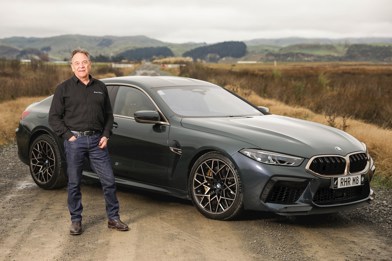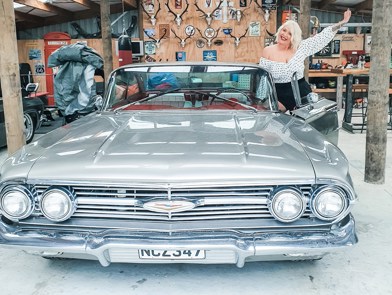This Model T was unbeatable value in 1912
Everyone thinks they know something about the Model T Ford: what it looks like, that it launched car ownership to the American masses — and Henry Ford’s statement: “Any customer can have a car painted any colour that he wants, so long as it is black.” But most folk are recalling the 1920s cars.
When Henry wrote that in 1909, the T was available in four colours. None was black.
By 1912, when the car featured here was built, they were all blue. Black arrived in 1914.
Russell Vincent, the owner of this car, reckons Ford must have got a job lot of black paint — and his quirky-looking car looks fabulous with the deep blue showing off the glowing brass of its fixtures and fittings.
When Russell’s car went on sale in 1912 for US$1050 ($1540), the T offered almost unbeatable value for money. Around 68,000 were built that year, but he thinks only 210 were coupes, and the shape was discontinued in 1916.
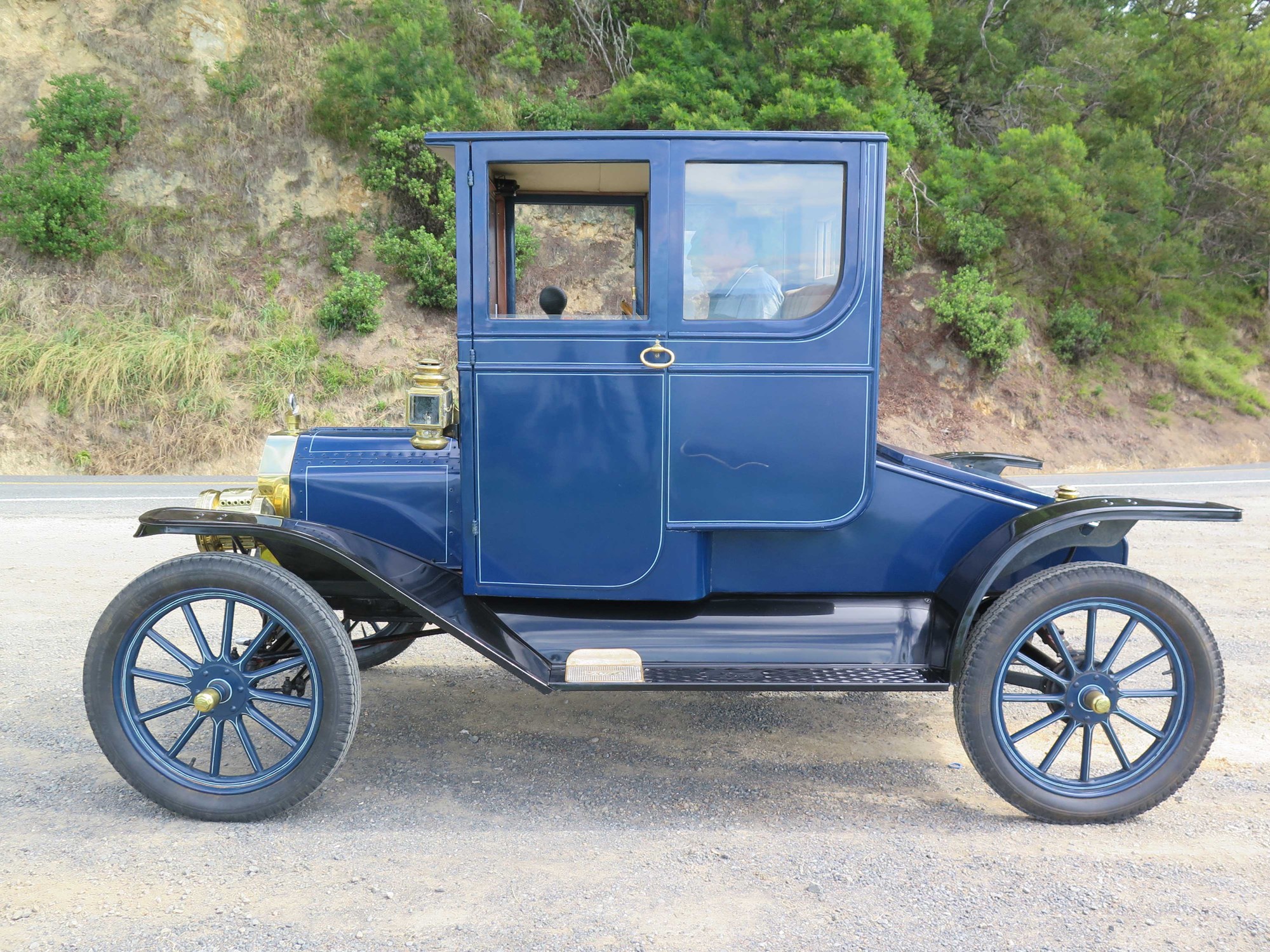
Russell bought his car from Christchurch in 1986 and drove it home to the rolling hills outside Auckland.
It’s the only one of this body shape he’s seen in New Zealand, and he’s been all over, going as far afield as Wellington, and up north. “We’ve done a lot of big runs.”
As we chatted, he dived under the car — that’s where you switch the fuel on, it’s gravity-fed and can leak out of the carburettor — then clambered up through the passenger door.
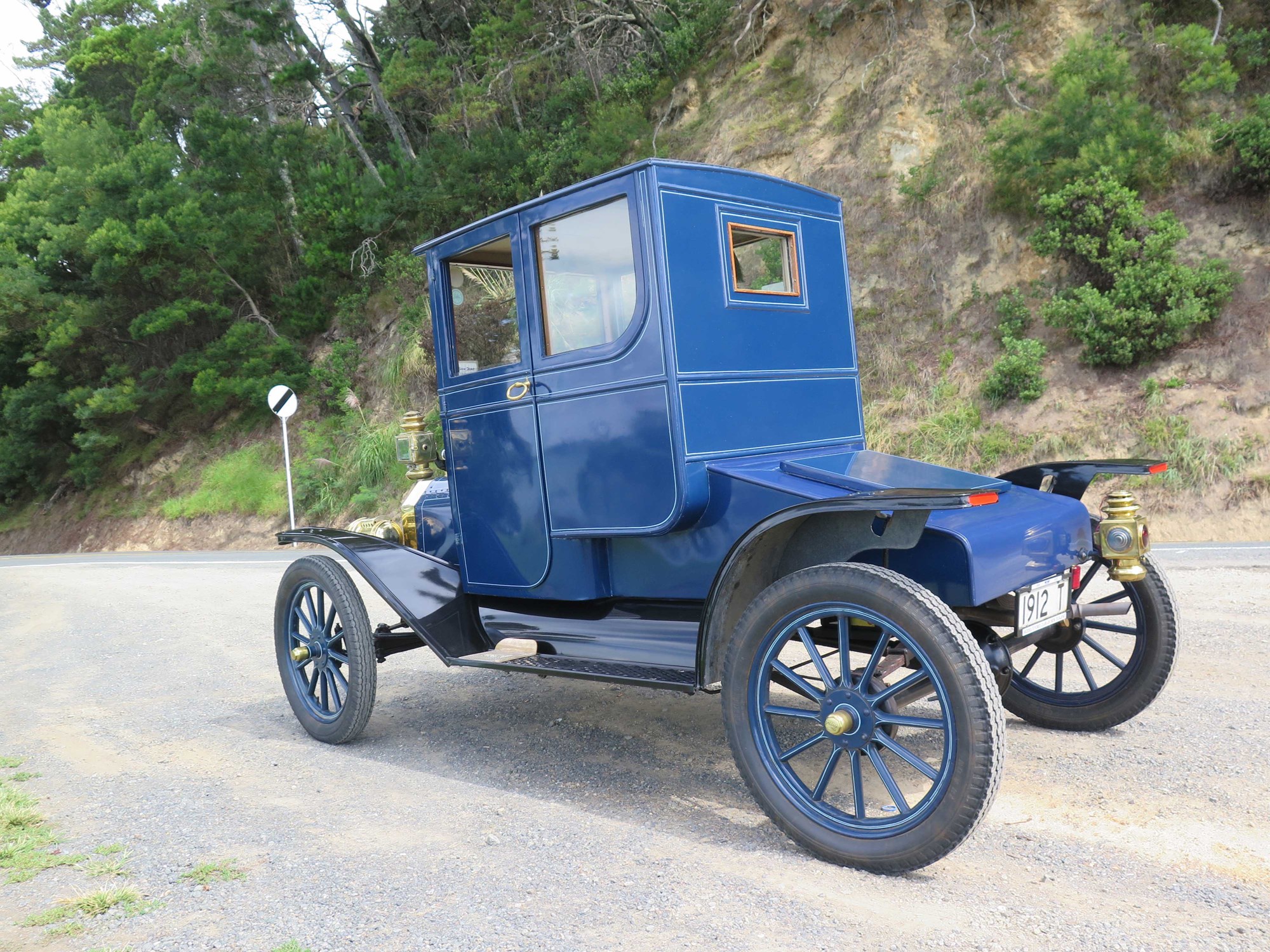
The 23-inch wheels sit the cabin high, and getting in on the driver’s side requires the flexibility of Houdini to squeeze between handbrake and steering wheel.
A quick fiddle with a wooden box on the ‘‘dash’’ — the cabin is literally a box, and there’s no dashboard as such — elicits an angry buzz from the four vibrator ignition coils within, suggesting all is well with the electrics.
The controls look simple, but the left foot lever is the clutch and low gear, the right is the brake and the centre is reverse. That will stymie the average driver, even before they notice the levers on the steering wheel. One is the advance and retard, the other is the throttle.
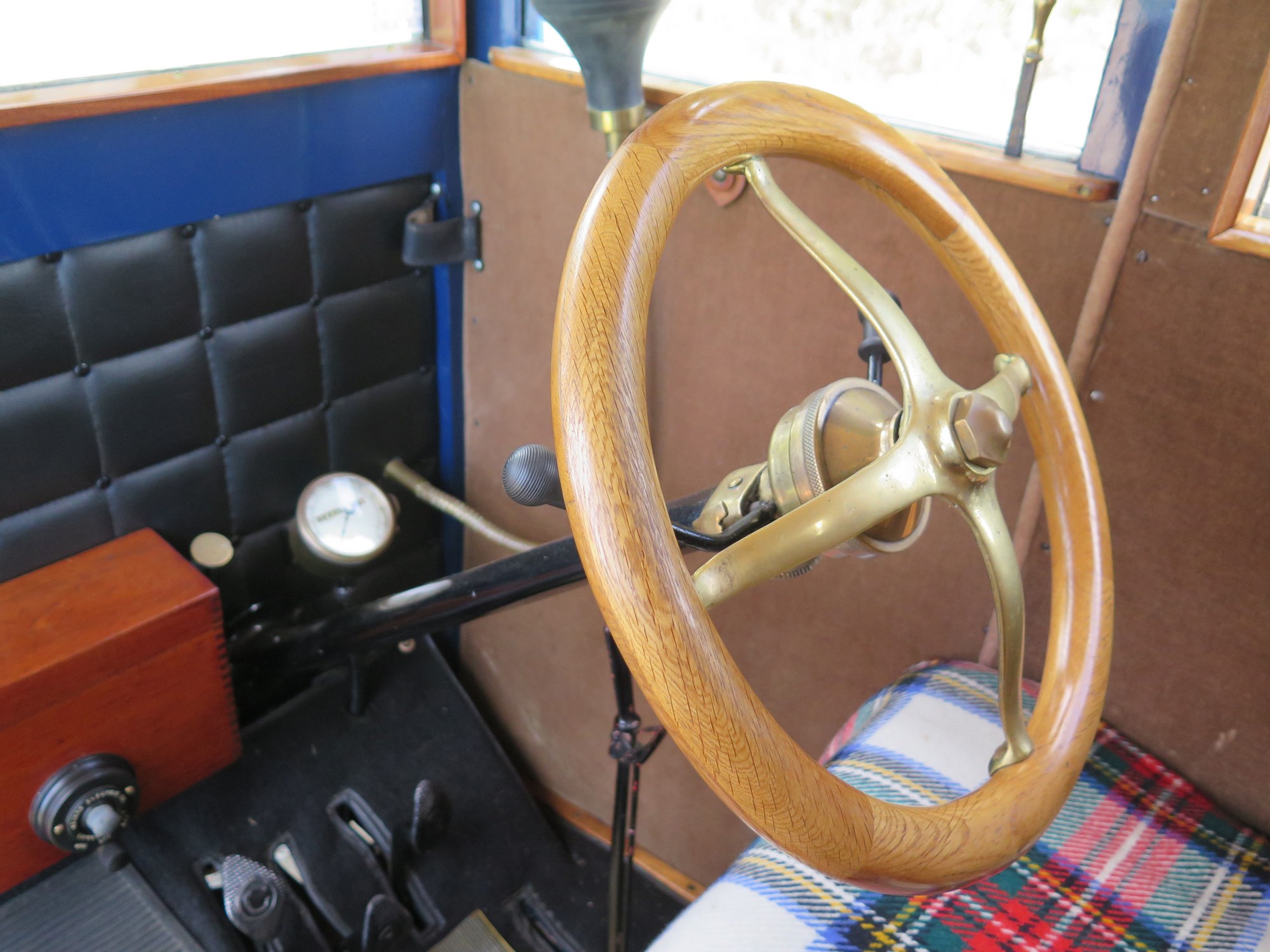
To start, you pull the handbrake on, which puts the “C” pedal into neutral, then fire her up.
The cars got electric starting from 1916, and this one has had it retro-fitted.
“I’m too old to crank it. Mind you, it used to crank easy.”
There is only low and high gear, so puttering down the long drive to the country highway was an interesting experience. You sit so high and the very short bonnet is completely invisible.
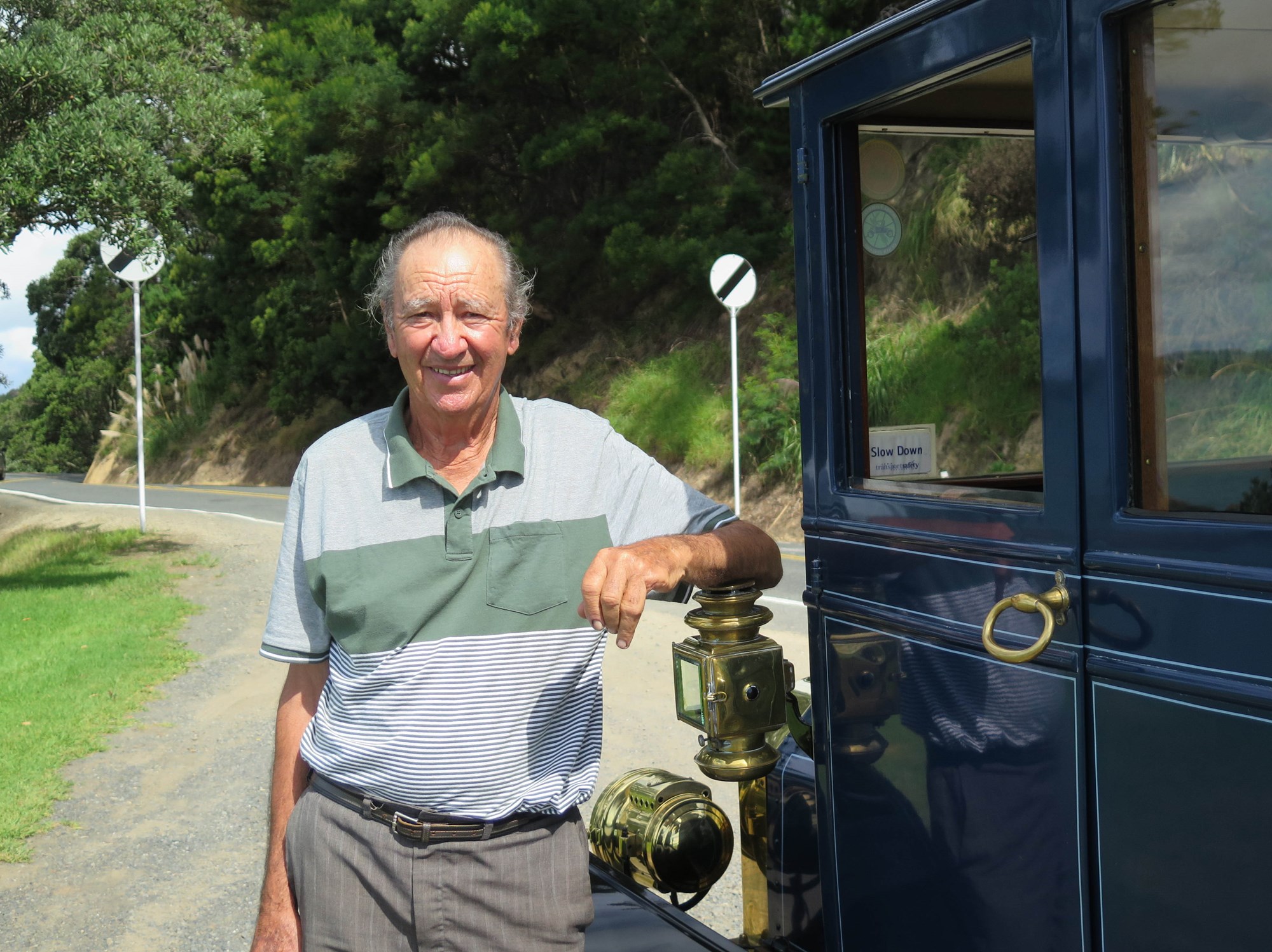
It was even more interesting as we picked up speed.
The car will cruise at a relatively sprightly 70km/h — fortunately the suspension is effective.
That said, my notes made on the move are all but unreadable, though we were puttering along at barely above idle.
Power is modest, at a quoted 15kW, but maximum torque from the 2.9-litre, four-cylinder engine is delivered at 800 or 900rpm, and we’re driving mostly in top. Indeed, it will pull away in top gear.
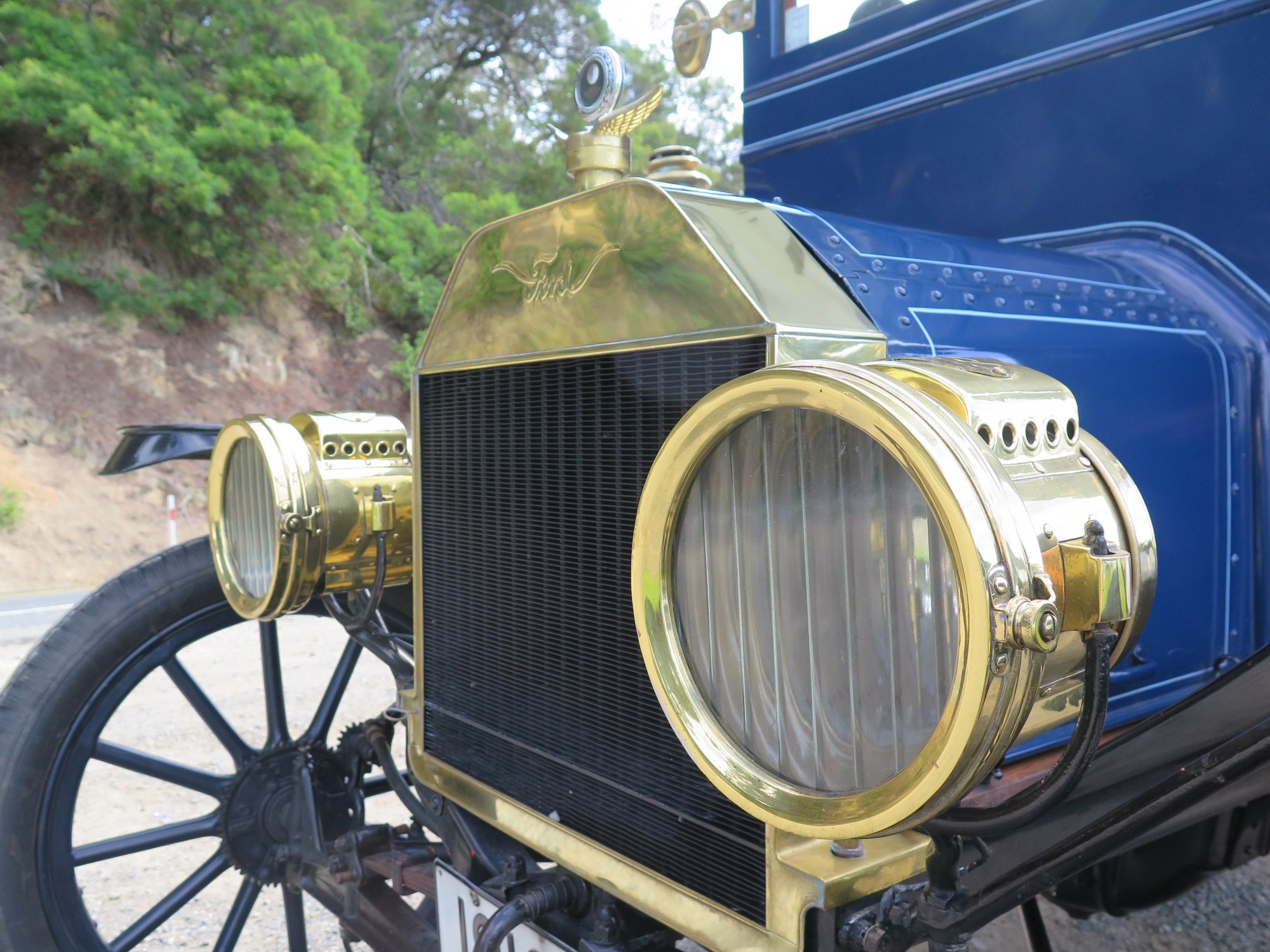
As for peak speed, that’s limited by how reckless you feel, given the transmission brake works inside the planetary system.
“You can’t use it for long as it heats up and catches fire.”
Despite that, the former Speedway Midget racer reached 80km/h apparently effortlessly — peak revs are 1500rpm. Corners? He took those fairly sedately as it’s not exactly nimble. Wheelbase is 2.5m, it’s a good 2m tall, and it weighs only 540kg.
The car has had a few modifications. The original hand-operated wiper won’t pass a WoF, so there’s a more modern one.
Russell bought the car with three running lights, a horn and tools, so he put the headlights on, and the acetylene generator on the right-hand running board to fuel them. “It’s English, but it’s not wrong — you could put anything you liked on back then.”
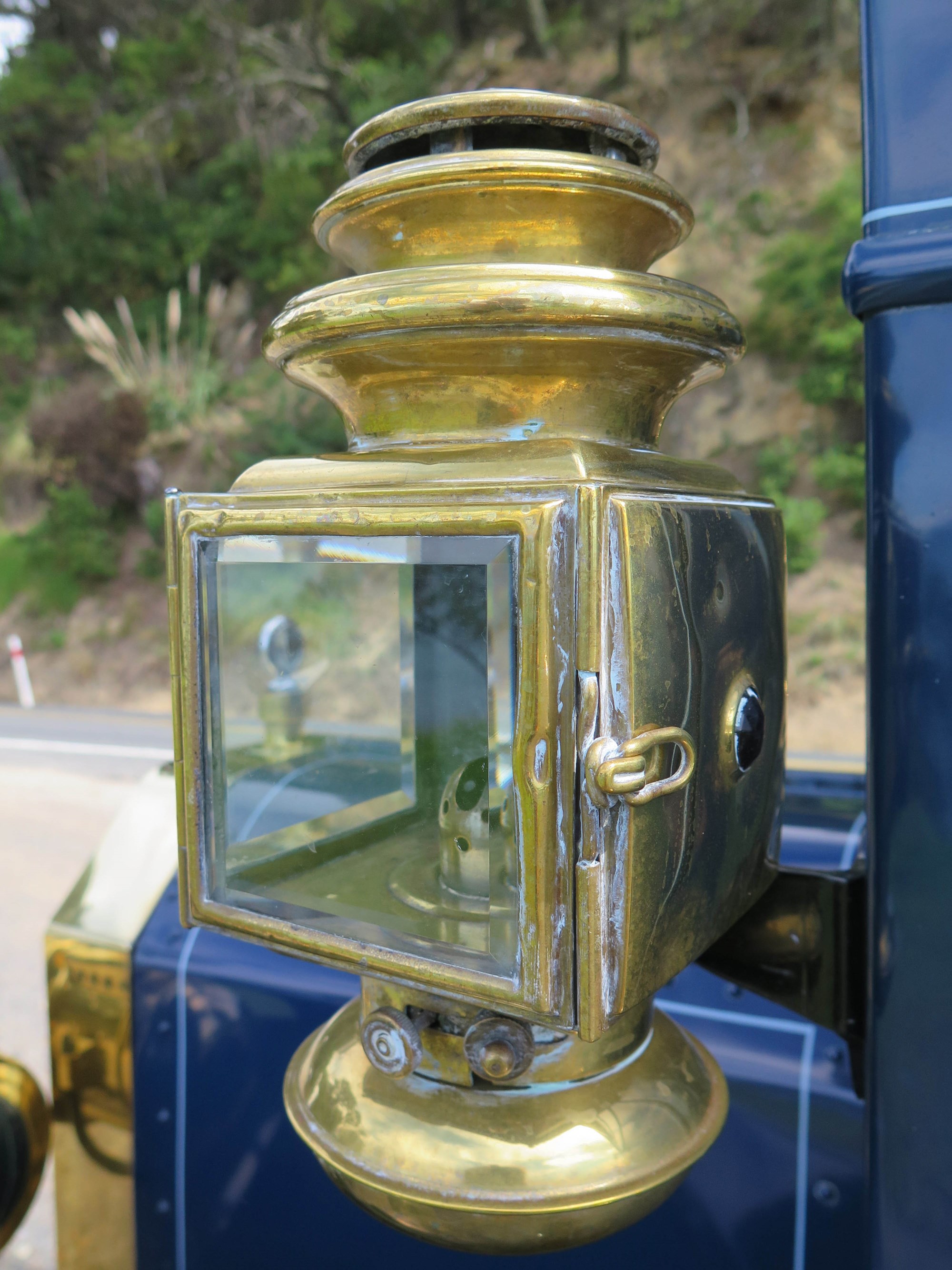
He has an American one, but this was on the car when he bought it. And he’s added a water pump. “New Zealand gets hot. They’re a hot-running motor, they run at 80C, so not much under boiling the whole time.” Any memories stand out? “Putting it over a bank.”
That was not long after he’d got it. He broke an axle, which meant no brakes.
There was a dip behind him, between two hills, and he planned to roll back and use that to help stop the car, but “you can’t steer backwards”.
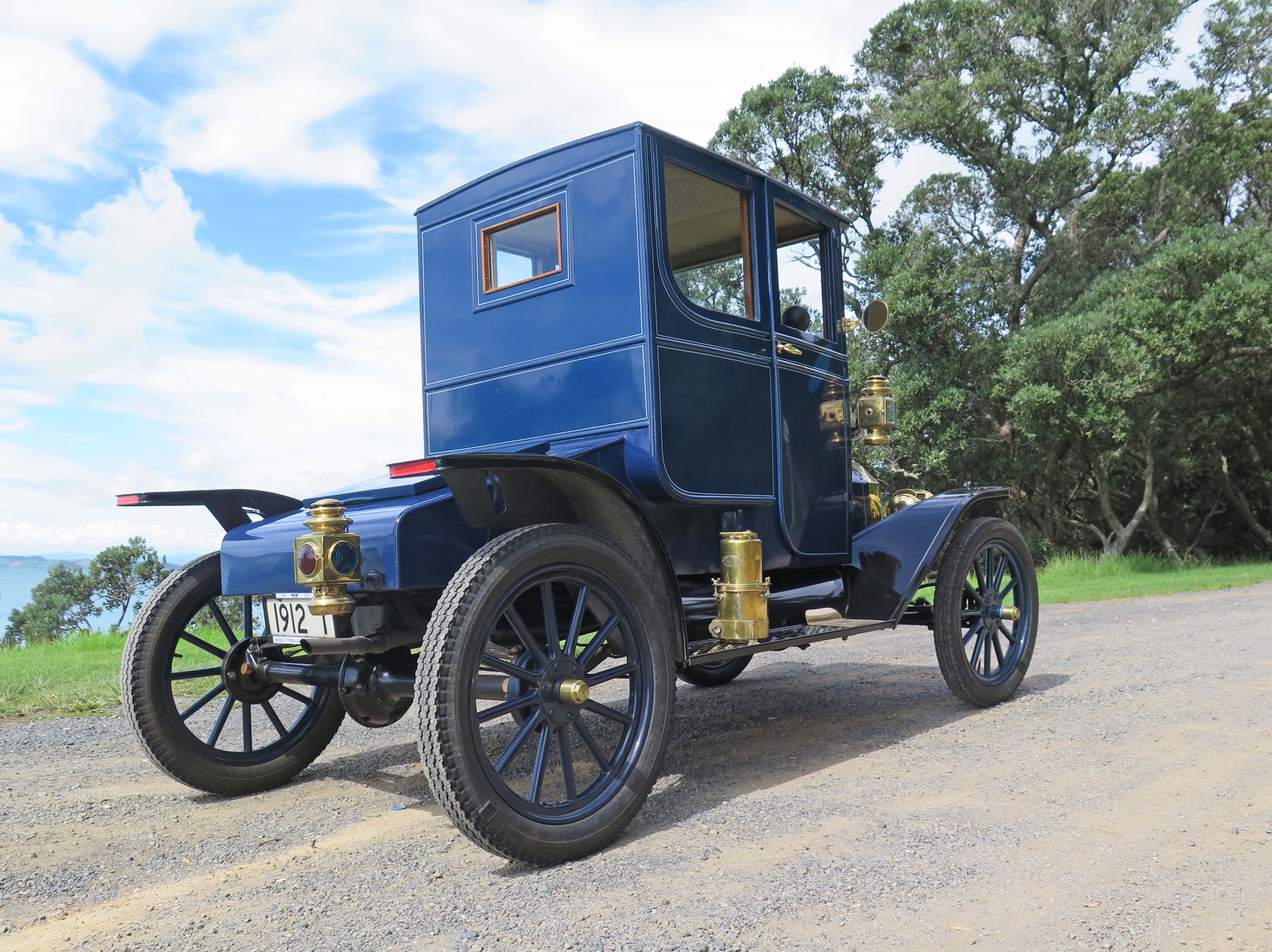
Fortunately, “a huge ponga stopped it from rolling over, and it’s still got the mark on the roof”’.
But he soon had the old girl fixed up and going again.
Russell’s wife, Kathleen, likes the car. He has a collection of old vehicles, but this one’s a favourite.


